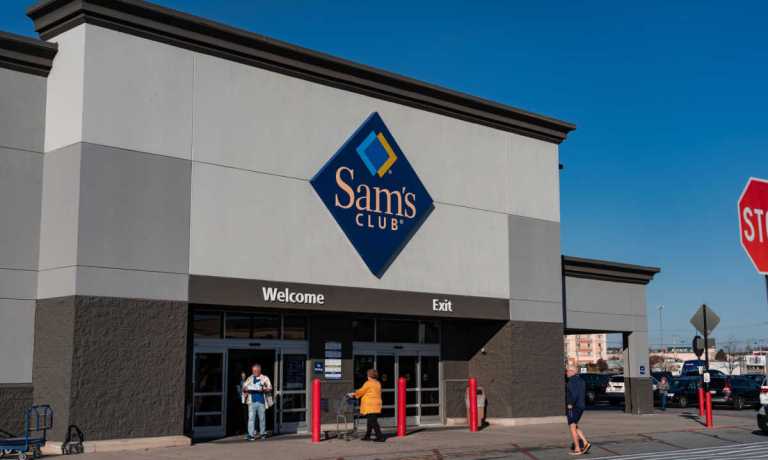
As consumers look for affordable alternatives to restaurants, grocers’ prepared food sales are growing.
Walmart announced Tuesday (Feb. 21) in its fourth-quarter earnings presentation that its membership-only retail warehouse club subsidiary Sam’s Club saw double-digit perishable sales increases, with strength in prepared foods.
This demand comes as consumers, facing sky-high food inflation, seek ways to get quick, convenient meals more affordably than ordering from restaurants, and given the persistence of these price increases, it seems that the trend will only continue into the future.
“Generally speaking, food inflation has been the most stubborn of all the categories. We were in mid-double digits in Q3, and Q4 hasn’t come down all that much,” John Furner, president and CEO of Walmart U.S., noted. “This looks to be a little bit higher than what we expect going into the year.
Walmart CEO Doug McMillon added that inflation for dry groceries has remained high, while fresh food prices have been volatile.
This inflation sends consumers to the prepared food aisle. Research from PYMNTS’ study “Digital Economy Payments: Consumers Buy Into Food Bargains,” which drew from a July survey of a census-balanced panel of nearly 2,700 U.S. consumers, found that 37% of consumers bought prepared food on their most recent grocery trip, up 7 points from the 30% of consumers who had done so back in November 2021. Since then, inflation has only continued to rise, suggesting that that share would be even higher today.
This increase is fueled by consumers cutting back on restaurant purchases while continuing to seek quick, convenient options. PYMNTS’ study “The 2022 Restaurant Digital Divide: Restaurant Customers React To Rising Costs, Declining Service,” which draws from a December survey of a census-balanced panel of more than 2,300 restaurant customers, notes that the vast majority have made changes to their dining spending in response to inflation.
Anywhere from 67% to 88% of diners, depending on generation, have made such modifications, with the most popular change cited being purchasing from restaurants less often.
Moreover, additional research from the study finds that, even as restaurants have absorbed a greater share of food price increases than their grocery counterparts, diners continue to see restaurant prices inflating higher. On average, the price increases observed by consumers amount to 24%, both for full-service restaurants (FSRs) and for quick-service restaurants (QSRs), while data from PYMNTS’ Consumer Inflation Sentiment study finds that consumers see grocery prices as having risen 22%.
“Food inflation, among other things, has remained more unstable than we would have expected,” Furner said. “So, it’s higher than what we thought it would be.”
Indeed, shoppers predict ongoing inflationary challenges for some time. PYMNTS’ December study “Consumer Inflation Sentiment: In It For The Long Haul,” for which we surveyed more than 2,300 U.S. adults, finds that consumers on average, believe it will take until June 2024 before inflation returns to 2021 levels.
In fact, even higher-income consumers have been trading down to grocery. Walmart noted share gains in its food and beverage business with these big earners.
“We continue to see strong share gains in grocery, with nearly half coming from higher-income households,” CFO John David Rainey said.
Sure enough, even these consumers are often left without a financial safety net. Research from “New Reality Check: The Paycheck-To-Paycheck Report – The Economic Outlook and Sentiment Edition,” a PYMNTS and LendingClub collaboration, reveals that 51% of those earning $100,000 a year now live paycheck to paycheck.